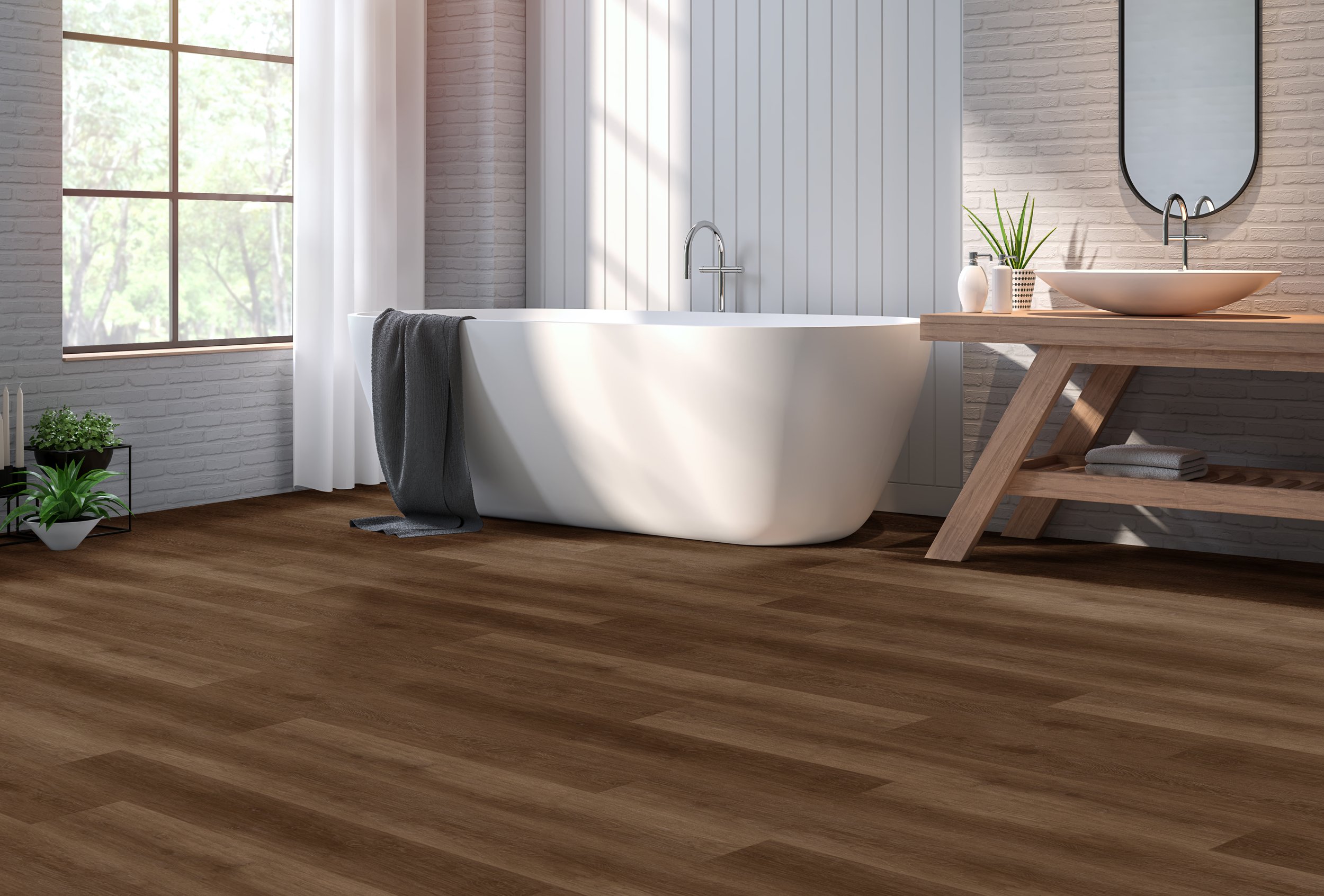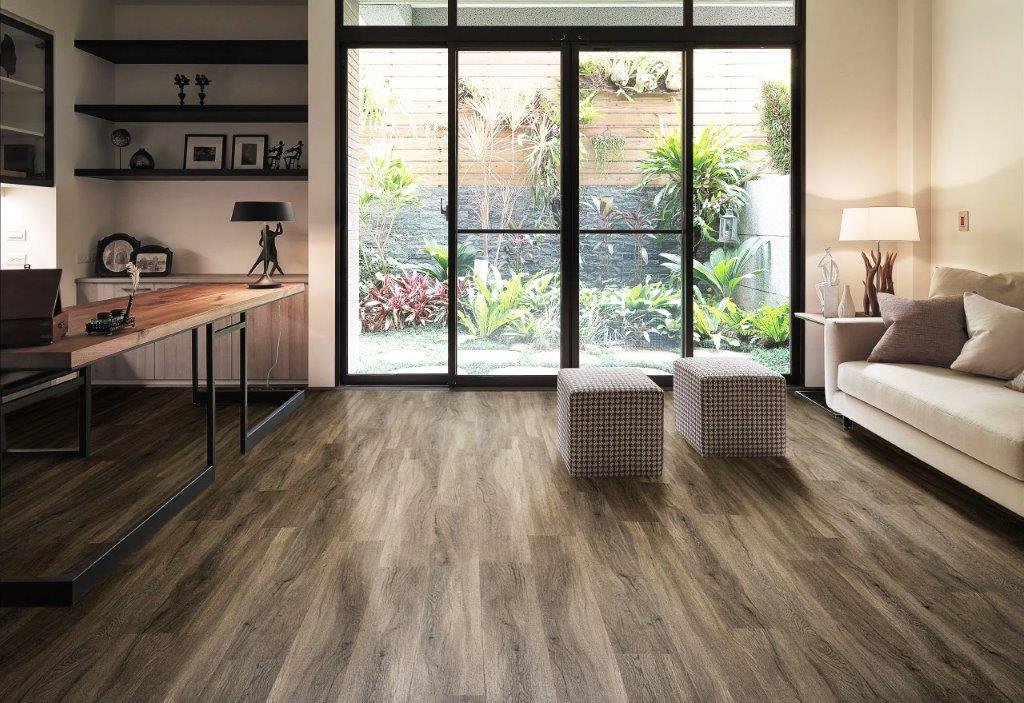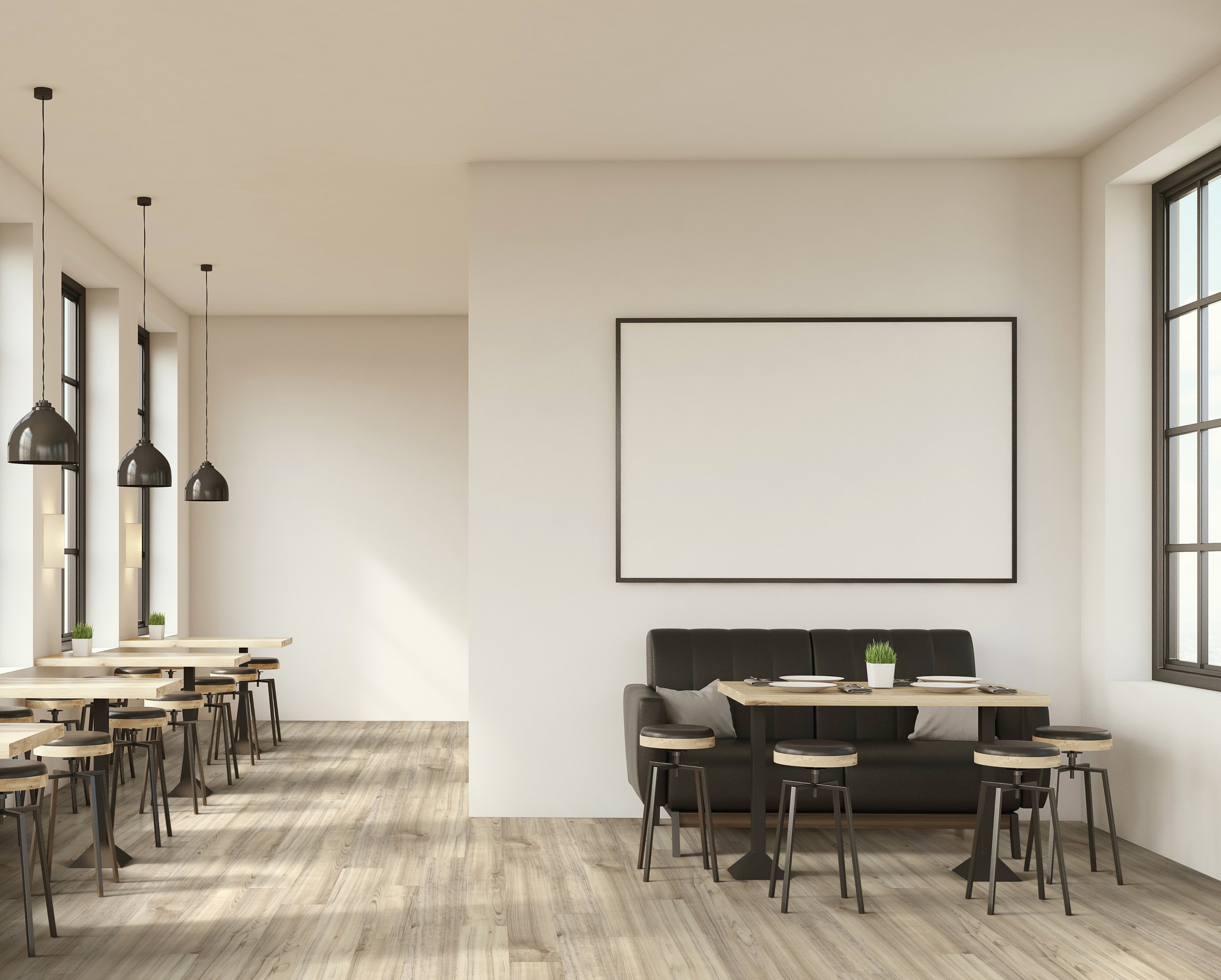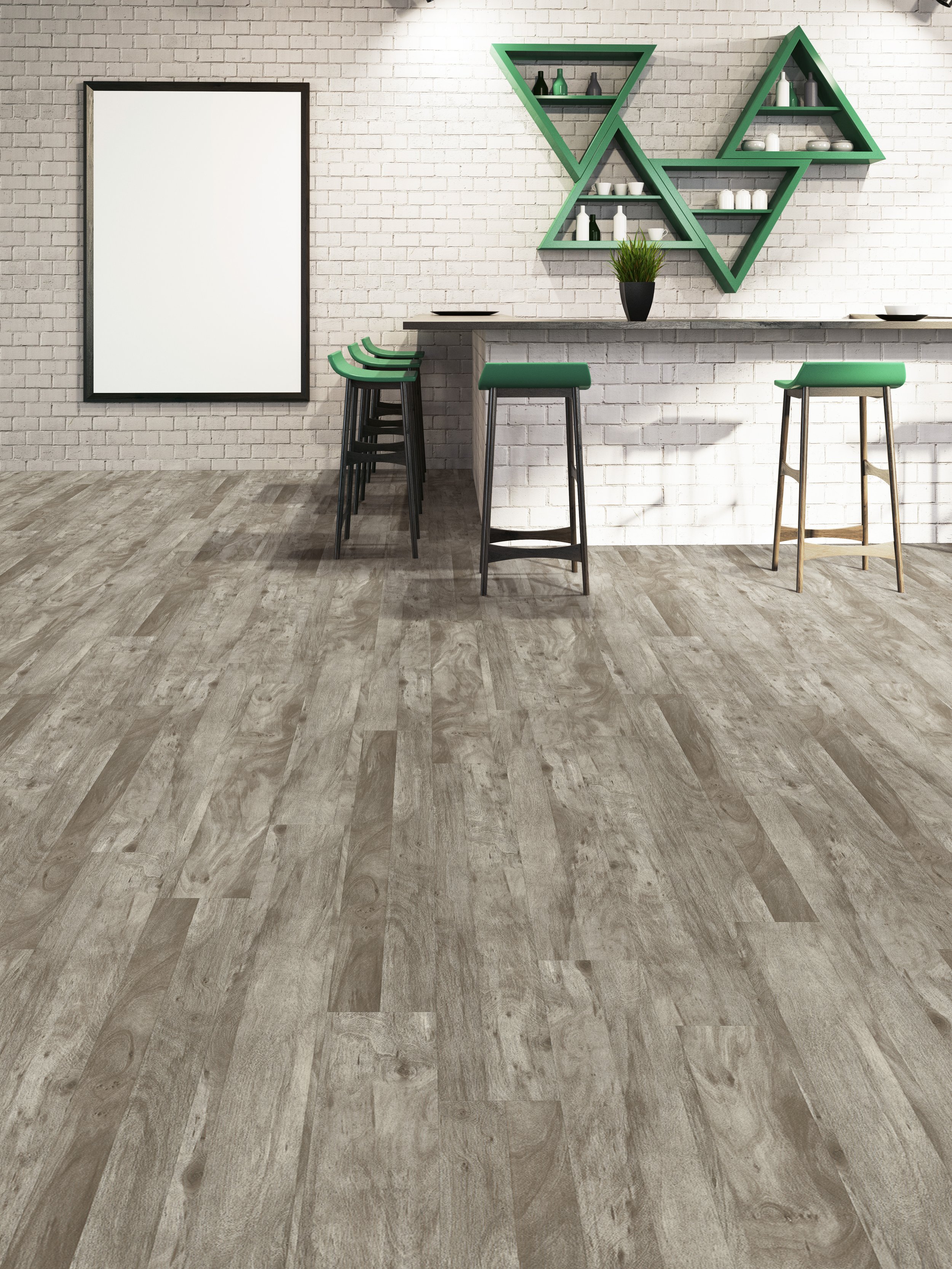Laminate: The Unsuspecting Flooring Underdog
This month the BPI marketing team got the opportunity to learn from two specialists, Seth Frazier, BPI Hardwood and Laminate Product Manager, and Duke Strain, CFL Distribution Sales Manager, about what makes laminate flooring a great option for homeowners. The team met Seth and Duke downstairs for the interview while they were reviewing products that BPI would be moving forward with in 2024.
Seth wasn’t always the one making decisions about the products BPI would be moving forward with. Like many other BPI employees, Seth didn’t start out in a position of influence, and he was quick to brag on BPI for giving several employees an opportunity to work up through the company, despite not coming from a typical higher education background. Seth worked construction for a real estate company while in high school and learned how to install flooring while working there. After graduating, he started an installation business, installing tile, showers, and hardwood. As you can imagine, hands-on experience can help tremendously when it comes to selling products, and that’s exactly what it did for Seth when he joined BPI as an account manager nearly 10 years ago. His partner, Duke, was quick to point out that no one sold laminate like Seth. When asked how he sold laminate so successfully - the answer was simple. The consumer's idea of laminate was skewed and distorted. They still thought of laminate as a black-and-white TV when, in reality, it was a high-definition, 4K-quality flat screen. The issue was no longer laminate vs. hardwood; it was laminate vs. laminate. He believed that laminate had and still has a story to tell, and that is what this blog will talk about today.
“The issue was no longer Laminate vs. Hardwood; it was Laminate vs. Laminate.”
He believed that laminate had and still has a story to tell, and that is what this blog will talk about today.
“Laminate takes wood products, or wood composites, and CHALLENGES them to perform.”
On a basic level, a hardwood floor is taking a tree, cutting it into slices, and putting it into your home. Laminate takes wood products, or wood composites, and challenges them to perform. Laminate has a composite core made up of wood fibers held together with resins and a paper décor layer, which gives you a realistic hardwood visual. It has a protective coating that increases scratch resistance and durability. In any flooring showroom, whether you are looking at tile, laminate, vinyl, etc., they are all trying to accomplish one thing: to look like hardwood. But showrooms aren’t full of only hardwood. For one, it's pricier, and for another, it's less realistic. If you have a home with large dogs or children, you may want to invest in something that has more scratch resistance and durability, which is where laminate comes in. Today’s laminate has never looked more realistic while also offering added benefits.
Though, when laminate first came onto the market, it served as a cheaper option for flooring. This resulted in laminate getting a bad reputation for being very susceptible to water damage. Seth and Duke didn’t hide the fact that Laminate’s early reputation was based on the truth. People weren’t installing laminate for any reason other than that it was 70 cents/SF, and with that price came the inevitable reputation that the laminate industry is still trying to shake off to this day. This caused laminate manufacturers to go back to the drawing board.
“When laminate first came out, its advantage was that it was scratch resistant, but it’s achilleas heel was water”
So how do the manufacturers find a way to create a laminate product that can hold its own against its waterproof competitors? They created much more dense cores, with higher resin and adhesive content that are not affected by water and wood fiber that is about five times as dense as your standard laminate core. They also encapsulate those cores with power sealing technology and add a stabilizing layer on the bottom and top, which makes it able to withstand daily cleaning, wet mopping, pet accidents, and the other chaotic messes that come with everyday life.
The Anatomy of Modern Laminate
The Picture on the left breaks down the different layers that make up modern Laminate Flooring
““The industry wants to talk about how waterproof their products are, but I want to talk about why waterproof doesn’t matter.””
When other flooring competitors, like vinyl, realized that laminate had an issue with water resistance, they were able to capitalize on that and start marketing their products as ‘waterproof.’ Nowadays, certain consumers won't even look at a flooring option unless it is labeled as waterproof, but with the modern advances that laminate has made, it deserves to sit in the same category as any waterproof flooring option. Seth touched on this, saying, “The industry wants to talk about how waterproof their products are, but I want to talk about why waterproof doesn’t matter.” Seth explained that when the vinyl industry was capitalizing on the water issues laminate had back in the day, he would walk into a show room and see vinyl sitting in a fish tank. But he stated the obvious: We don't live in fish tanks. The laminate of today can withstand day-to-day spills and messes; it can be cleaned in the same way everything else can; and the worst laminate out there is still more scratch-resistant than the most scratch-resistant vinyl product. If your house floods, then yes, you may be faced with replacing your laminate flooring in the same way you would replace your sheetrock, carpets, etc. He ended the waterproof conversation by stating, “If you can’t put it in the shower, it doesn’t matter if it's waterproof.”
So, the laminate of today is ahead of its time, scratch-resistant, water-resistant, and, in Seth’s words, “the Best Bang for your Buck," but the industry is still hurting from its reputation from years ago. Seth finished the conversation by saying, “Laminate has a perception problem, not a performance problem.” In fact, when laminate came out with the newest advancements and at a premium price, Seth got laughed at by dealers who would someday become some of BPI’s biggest laminate customers. The biggest gap in the laminate industry is that people haven’t been educated on the advancement in technology of this particular flooring, and BPI is working to change that.
“Laminate has a perception problem - it doesn’t have a performance problem”
I want to thank Seth Frazier and Duke Strain for taking the time to educate the marketing team on Laminate and the improvements that have been made within the Laminate industry. For more information, click into the above gallery to learn more about Laminate options that BPI offers.
Written by Brooklyn Gardner






